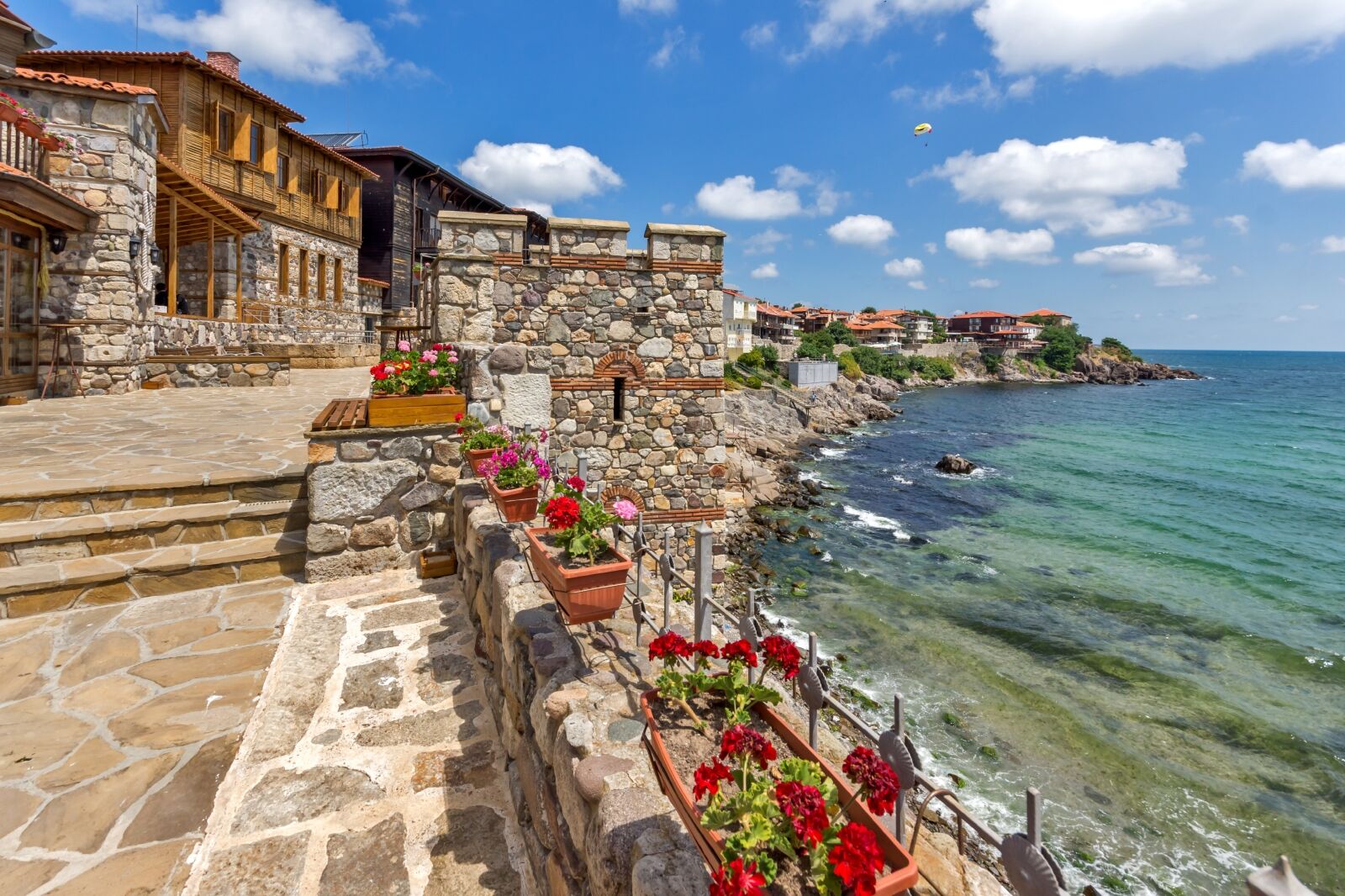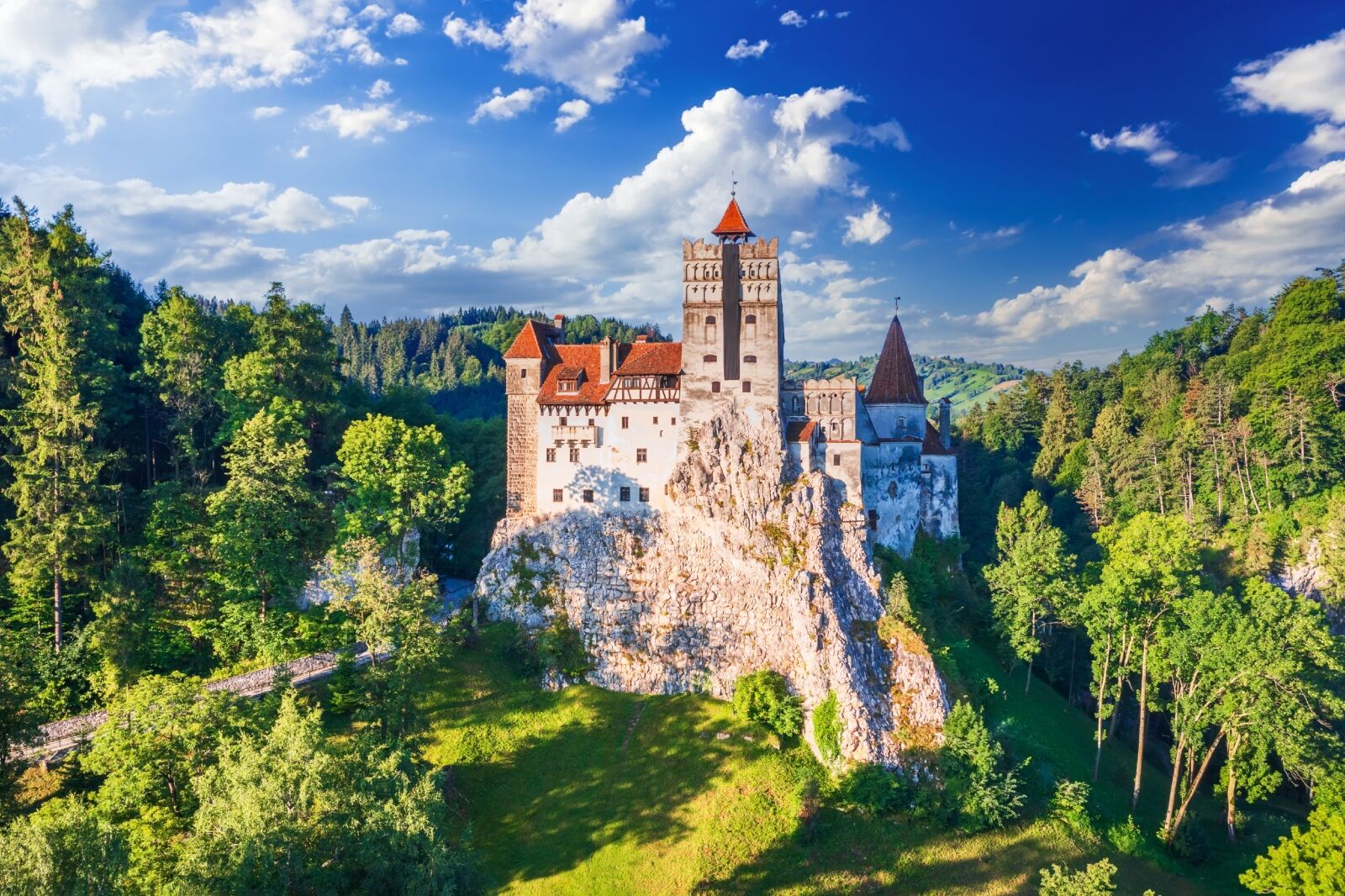On March 31, 2024, Bulgaria and Romania are to join the Schengen — the largest area of free movement in the world. Although both Balkan countries have been members of the EU since 2007, the borders have been guarded by passport control, and citizens have been required to show documentation when traveling around Europe. Being added to the list of Schengen countries not only means that Bulgarians and Romanians can join the close to 450 million other EU citizens and travel with ease but vacationing in the two beautiful nations will be more straightforward for visitors.

Your Next Big Eurotrip Just Got Bigger, Thanks to These New Schengen Entries
The Schengen area is a zone in Europe comprised of 27 countries that have eliminated border controls between each other. This means you can travel freely between these countries without going through passport checks. Bulgaria and Romania will be in good company, they join the following countries:
- Austria
- Belgium
- Croatia
- the Czech Republic
- Denmark
- Estonia
- Finland
- France
- Germany
- Greece
- Hungary
- Iceland
- Italy
- Latvia
- Liechtenstein
- Lithuania
- Luxembourg
- Malta
- the Netherlands
- Norway
- Poland
- Portugal
- Slovakia
- Slovenia
- Spain
- Sweden
- Switzerland
At the end of this month, Bulgaria and Romania will no longer have controls at sea and air borders. Land border controls will remain, and lifting these will be discussed later this year.
Last January, Croatia joined the Schengen and adopted the euro, lifting its air borders to Schengen countries on March the same year. Matador Network reached out to American expat Michelle Walters, who has lived in Zagreb, the capital of Croatia, for over a decade to enquire how these changes have impacted everyday life for Croatians.
“There’s been a huge influx in tourists coming to Croatia. Last summer the coastal regions were packed,” explains Walters. “This has made vacationing here much more expensive for everyone.”
Matador asked Walters whether she thought this was in part due to Croatia joining Schengen. She was unsure if there was a direct relationship. “People like something to blame for the rising cost of living, yes the change to the euro has been rough, but we’re seeing costs sky-rocket across the world. Croatia is not alone.”
Although there is concern over price hikes in Bulgaria and Romania, at this time, it’s speculation. Instead, many are focusing on what the countries have to offer tourists.

Photo: Ceri Breeze/Shutterstock
The Black Sea Coast, the Rila and Pirin Mountains, the busy nightlife of the metropolis Sofia, and the ancient streets of Plovdiv — one of the oldest cities in the world and Europe’s Capital of Culture in 2019 — are some of the highlights in Bulgaria. And let’s not forget the food culture. The country is an exciting place to visit for the traveling foodie.

Photo: Gaspar Janos/Shutterstock
While scenic, Transylvania and Bran Castle are far from the only things you should see in Romania. You can hike or bike in the Carpathian Mountains, which cover a large part of the country. The scenery is stunning, and there are trails to suit all levels of ability. You can even go white-water rafting or spelunking. If you have an interest in wildlife, head to the Danube Delta and enjoy the water and birdlife by canoe or on a kayak. Or visit Bucharest, the culture-rich capital, and enjoy the nightlife, excellent restaurants, and art scene that runs down the cobblestone streets of the Old Town.
What is the difference between the EU and Schengen?
The EU and Schengen are both about European integration, but in different ways. The EU is a broader political and economic union, with its own parliament and laws. Schengen, on the other hand, is a separate agreement focused on creating a zone without border controls.
Can a US citizen get a Schengen visa?
If you are a US citizen traveling to the Schengen area for tourism, business, or visiting family or friends, and your trip is for less than 90 days within a 180-day period, then you generally do not need a visa. Just make sure your passport is valid for at least three months. You will need a visa if your trip exceeds the 90-day window.